When it comes to space exploration and pushing the boundaries of science, NASA is the undisputed leader in the field. Since its inception in 1958, the organization has undertaken a wide range of missions, from sending men to the moon to launching satellites and telescopes into orbit. It’s no surprise then that many of NASA’s projects have been incredibly costly. From constructing a new launch pad to launching space probes, here are the 10 most expensive NASA programs of all time.
10- Kepler Space Telescope
Cost : $600 million
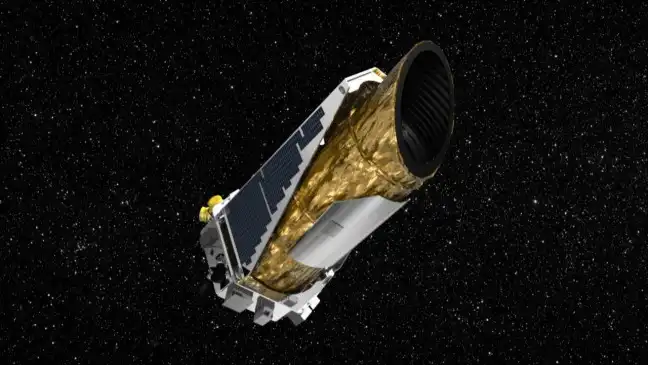
Photo Credit : NASA
The Kepler Space Telescope is a powerful space observatory designed to search the heavens for planets beyond our Solar System. Launched in 2009, the Kepler Space Telescope is part of NASA’s Cosmic Origins Program and is the first space observatory to detect exoplanets, or planets outside of our Solar System.
The Kepler Space Telescope is a powerful tool for astronomers, as it can detect planets that are as small as Earth and up to the size of Neptune. It uses the transit method to detect exoplanets, which measures a decrease in the brightness of a star when a planet passes in front of it. This allows the telescope to detect small changes in the brightness of stars that may be caused by a planet passing in front of it.
The Kepler Space Telescope is one of the most expensive space programs ever. The total cost of the project was over $600 million, with the majority of the money coming from NASA. The telescope was built by Ball Aerospace and was launched aboard a Delta II rocket from Cape Canaveral in 2009.
The Kepler Space Telescope has been incredibly successful in its mission to detect exoplanets. To date, it has discovered over 4,000 exoplanets, making it one of the most successful space telescopes ever built. It has also identified several Earth-like planets that may be capable of supporting life, making it a powerful tool for the search for extraterrestrial life.
9- Galileo
Cost : $1.5 billion
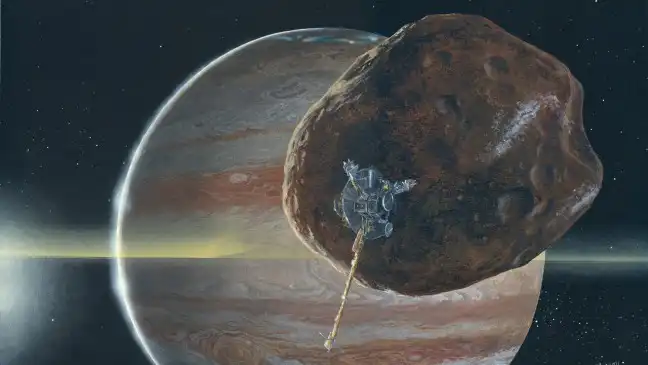
Photo Credit : NASA
NASA’s Galileo spacecraft was one of the most expensive, ambitious and successful space projects of the 20th century. Launched in 1989, the spacecraft was tasked with studying the gas giant Jupiter and its moons. During its 14-year mission, Galileo sent back an incredible amount of data that helped us better understand our universe. The mission was incredibly expensive, costing more than $1.5 billion – making it one of the most expensive space exploration projects ever undertaken.
The spacecraft was launched aboard the space shuttle Atlantis in October 1989. After a six-year journey, it arrived at Jupiter in December 1995 and began its mission of exploration. The spacecraft was equipped with a variety of scientific instruments, including two cameras, a spectrometer, a magnetometer and a plasma detector.
Galileo’s mission was to study Jupiter and its moons in unprecedented detail. It observed the planet’s magnetic field and its powerful radiation belts, conducted flybys of its four largest moons, and even sent a probe into Jupiter’s atmosphere. The spacecraft also discovered evidence of an ocean beneath the icy surface of Europa, one of Jupiter’s moons.
8- Curiosity Mars Rover
Cost : $2.5 billion
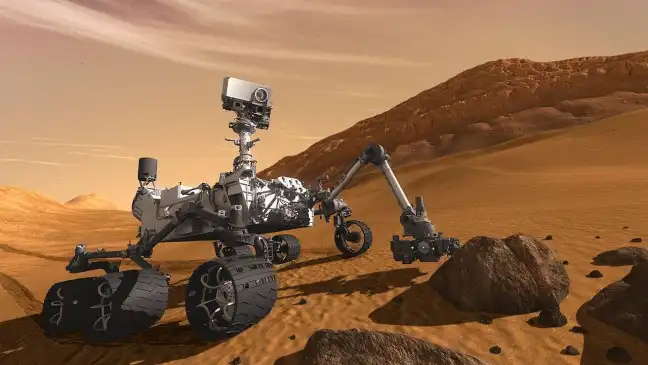
Photo Credit : Wikimedia
The Curiosity Mars Rover is one of the most expensive space programs ever created. Developed by the American space agency NASA, it cost an estimated $2.5 billion to develop and launch. The primary goal of the mission was to explore the Gale Crater on Mars and determine if the area ever had a habitable environment.
The Curiosity Rover is a robotic vehicle that is approximately the size of a small car. It is powered by a nuclear generator that allows it to operate for extended periods of time without needing to be recharged.This is essential for the mission as it allows the rover to cover large areas of the planet in search of interesting geological features.
The rover is equipped with an array of tools designed to analyze the Martian environment. These include a ChemCam, which is a laser that can vaporize rocks to analyze their composition, and a Mast Camera which can take high-resolution images of the landscape. It also has an X-ray spectrometer which can measure the presence of certain elements in the Martian environment.
7- Preservance Mars Rover
Cost : $2.7 billion
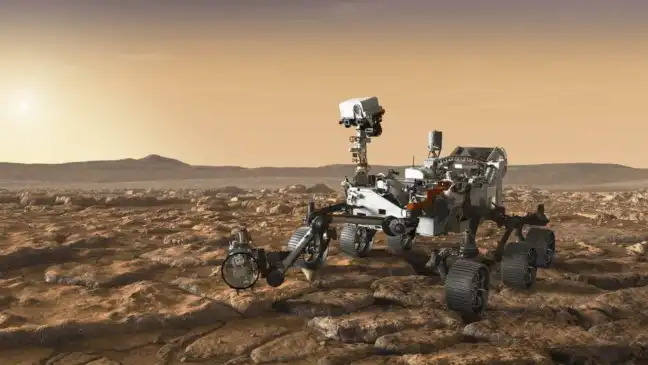
Photo Credit : Firstpost
The Mars 2020 Perseverance Rover is the latest, and most expensive, space exploration mission from NASA. Launched in July 2020, the mission aims to explore the surface of Mars and collect samples of soil and rocks to search for evidence of past life on the planet.
The mission has cost a staggering $2.7 billion, making it the most expensive space exploration mission to date. This money has been invested in the cutting-edge technology and instruments which will allow us to explore the Martian environment in greater detail than ever before.
The rover is the most sophisticated of its kind, equipped with a suite of sophisticated instruments and technologies that will enable it to analyze the geology, climate and habitability of the Martian landscape.It is also equipped with a high-resolution camera and an onboard laboratory, which will allow scientists to study the samples it takes back to Earth in detail.
6- James Web Telescope
Cost : $10 billion
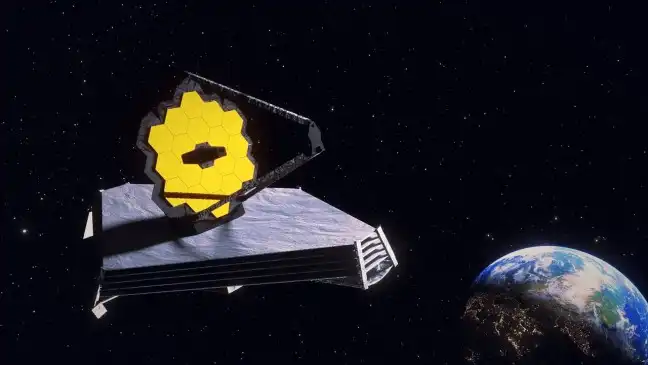
Photo Credit: Phys.org
The James Webb Space Telescope (JWST) is an ambitious and expensive space mission that seeks to answer some of the most fundamental questions about our universe.This telescope will be the most powerful and sensitive space observatory ever built, and will help us answer questions about the origins of our universe and the birth of the first stars and galaxies.
The JWST is the successor to the Hubble Space Telescope and was designed to be even more advanced. It will be able to detect much fainter objects and probe much deeper into the Universe than ever before. The telescope will be located in an orbit 1.5 million km away from Earth, at the second Lagrange point (L2). The L2 point is a gravitational balance point where the combined gravitational pull of the Earth and the Sun keep an object in a stable orbit.
The telescope will be comprised of a 6.5-meter diameter primary mirror, made up of 18 hexagonal segments. This will give it a much greater field of view than Hubble, and allow it to collect about seven times more light.The telescope will be equipped with four state-of-the-art instruments that will work together to observe the universe in infrared and visible light.
The JWST is one of the most expensive space programs ever undertaken and costs around $10 billion. This is due in part to the complexity of the mission, and the need to build a telescope that is able to operate at such a great distance from Earth
5- Global Positioning System
Cost : $12 billion
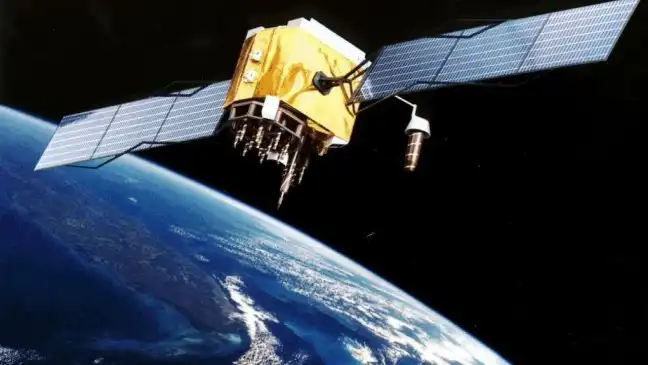
Photo Credit : Universe Today
The Global Positioning System (GPS) is a satellite-based navigation system that allows users to precisely pinpoint their location on the planet.Developed by the US Department of Defense, the GPS system is used by both military and civilian users for a variety of applications ranging from navigation to tracking.As one of the most expensive space programs ever created, the GPS system utilizes a network of 24 satellites orbiting the Earth to deliver accurate positioning to users around the world.
GPS satellites broadcast radio signals that are picked up by users with a GPS receiver. The receiver captures the signals and uses them to triangulate its own location on the planet. The signals also contain information about the exact time, speed, and altitude of the receiver. This information is used to calculate the receiver’s exact position.
The GPS system was initially developed in the 1970s and cost the US government more than $12 billion to develop and deploy.In addition to the initial cost, the US government spends billions of dollars each year on maintenance and upgrades to the system. Despite the high cost, the GPS system is an invaluable resource for both military and civilian users. As technology evolves and new applications are developed, the usefulness of the GPS system will only continue to grow.
4- SLS and Orion
Cost : $25 billion
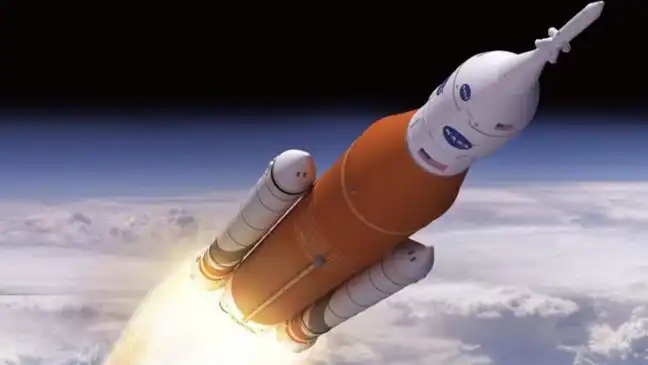
Photo Credit : Universe Today
The Space Launch System (SLS) and Orion Multi-Purpose Crew Vehicle (MPCV) are two of the most ambitious and expensive space exploration programs of our time.Developed by NASA, the SLS and Orion will enable humanity to explore deep space missions to places such as Mars, the Moon, and beyond. The cost to develop and build this system has been estimated to be around $25 billion, making it one of the most expensive space programs ever created.
SLS is the most powerful rocket ever built, boasting more than 8.4 million pounds of thrust at liftoff. It is designed to enable spacecraft to reach deep space destinations beyond the Moon and return them safely home. The SLS will be able to lift up to 70 tons of payload into space, making it the most powerful rocket available.
Orion, on the other hand, is a spacecraft that will take humans to space and back. It is designed to safely transport astronauts and other cargo to deep space destinations. It features a crew module, a service module, and an expendable launch vehicle adapter. The crew module is designed to provide optimal living and working conditions for the astronauts, while the service module will provide power and propulsion while in space.
3- The Apollo Program
Cost : $150 billion (inflation-adjusted)

The Apollo Space Program was the most expensive space program ever undertaken by the United States. It was part of the larger Apollo Program, which was set up to land humans on the Moon and bring them back safely. The entire program cost an estimated $24 billion, which is the equivalent of approximately $150 billion today.
The Apollo program began in 1961 with the goal of achieving a human lunar landing by the end of the decade. The program was driven by the Cold War and the Space Race between the United States and the Soviet Union. It was a massive undertaking that involved the contributions of more than 400,000 people and required the development of new technologies and techniques.
The Apollo Program was made up of several components, including the Apollo spacecraft, the Saturn V rocket, and the Lunar Module. The spacecraft consisted of three parts: the Command Module, the Service Module, and the Lunar Module. The Saturn V rocket was a three-stage rocket designed to launch the Apollo spacecraft into space. The Lunar Module was designed to land on the Moon and carry astronauts back to the Command Module.
The Apollo Program was a success and achieved its goal of landing humans on the Moon. On July 20th, 1969, astronauts Neil Armstrong and Edwin “Buzz” Aldrin became the first two people to walk on the Moon. The following day, Armstrong famously uttered the iconic phrase, “That’s one small step for man, one giant leap for mankind.”
2- International Space Station
Cost : $150 billion

Photo Credit : Medium
The International Space Station (ISS) is the most expensive space program ever undertaken by humanity. It is an orbital laboratory and living space for astronauts and cosmonauts and serves as a platform for conducting experiments in the fields of astronomy, biology, meteorology, and more.The ISS is a joint venture between the United States, Russia, Japan, Canada, and 11 other countries and has been in operation since 1998.
At an estimated cost of over $150 billion, it is one of the most expensive space programs ever. To put that into perspective, the entire Apollo program, which included the first manned landing on the moon, costs $25 billion at the time. The cost of the ISS can be attributed to the complexity of the project. It is composed of over 100 modules, each of which had to be designed, built, and tested separately before being sent into space.The modules are then assembled in orbit by astronauts, resulting in a structure that is larger than a football field and weighs over 420 tons.
The ISS is also a complex technological marvel. It has over 2 miles of wiring and more than 100 computers to control all its systems. It is powered by 8 large solar arrays that generate enough energy to power two homes. The ISS is equipped with a gym, a laboratory, and even a cupola, which provides a unique view of Earth and space.
1- Space Shuttle Program
Cost : $200 billion
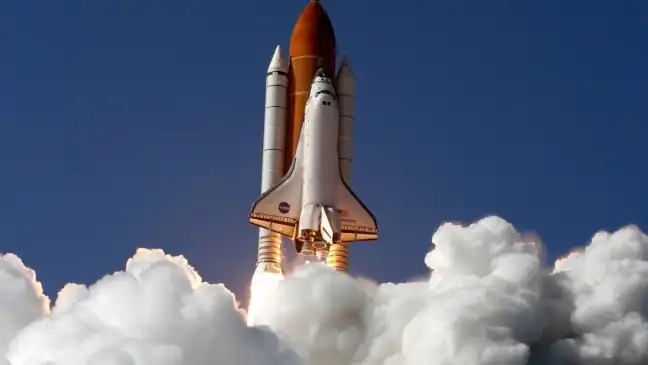
Photo Credit : NASA
The Space Shuttle Program was the United States’ most expensive space program, with a total cost of almost $200 billion. Developed for the purpose of launching and retrieving satellites, the space shuttle was the first reusable spacecraft that could reach orbit around the Earth.The program began in 1972, with the launch of the first space shuttle in 1981 ‘the Columbia’ and continued until the last shuttle, the Atlantis, touched down in 2011.
The program was a major milestone in space exploration, allowing for the development of many of the technologies that are used today in space exploration, such as the International Space Station.During its 30 years of operation, the program launched more than 135 missions, including several to the Moon, to the outer planets of the Solar System, and to the Hubble Space Telescope. It also launched the first components of the International Space Station, as well as numerous satellites and probes.
The program was an engineering marvel that pushed the limits of technology. The space shuttles were designed to be as light and efficient as possible, while still able to carry large payloads into orbit.The shuttles used a variety of new technologies, such as a lightweight ceramic tile insulation system and solid rocket boosters, to reach their high speeds.


